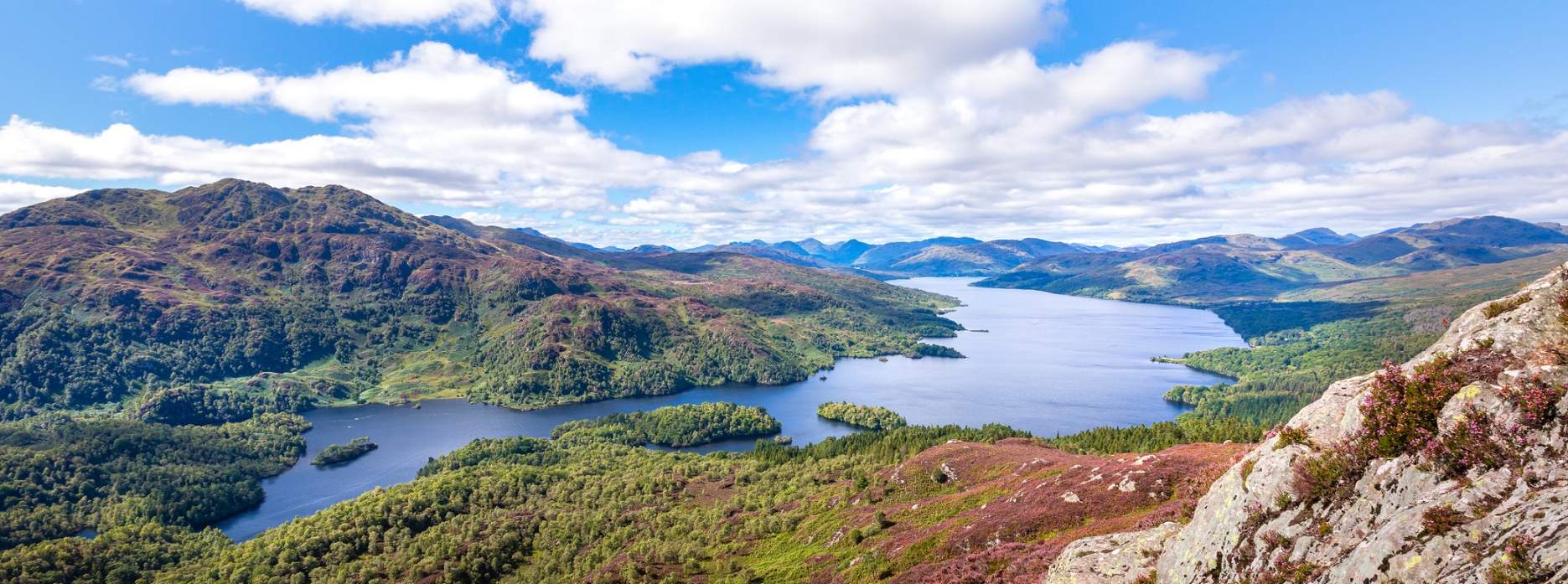Hey presto – a thriving national park?
In creating a new national park the aim is to protect the environment, help battle climate change and enable communities to thrive.
But a designation in itself can’t work magic and does not have the capacity to transform an area without being tailored to meet specific local need – championing the development of community homes to support tourism growth, for example. Equally, designating too large an area can create problems through a lack of cohesion.
As we wait for news, we look at some of the possible advantages and disadvantages of achieving national park status.
Increased visitor numbers and a competitive edge
It’s widely accepted that national parks have a positive influence on tourism; visitors recognise and rate the designation highly, leading to significant spend in the parks themselves and even more in gateway towns where tourists shop and stay.
There may be opportunities to market premium goods and services linked to the park and there’s evidence to suggest the status may provide a competitive edge over Scotland’s many other spectacular non-designated landscapes, an advantage stretching beyond the park and into the wider region.
Of course, more visitors could spell higher operating costs and a strain on existing infrastructure. At the same time, planning complexities – or the perception of tougher barriers to development and business creation – could favour other areas instead.
Farming in national parks
After surveying its membership, NFU Scotland has taken the unusual step of opposing the establishment of any new park, citing a lack of detail in all current bids around key rural issues such as affordable housing, public transport need and support to wider rural infrastructure. They report that this is based on the broadly negative experiences of other recent designations and initiatives – such as tourist routes (like the North Coast 500), Biospheres or Regional Land Use Partnerships – and a reflection of existing failures to support these with appropriate levels of funding.
Meanwhile, there is a concern among some agricultural businesses that national park status will add a further level of red tape, particularly in relation to planning, limiting potential innovation and diversification within farming operations. This sentiment is often countered by enthusiasm from others living both within and outside the proposed designated areas of the potential new parks.
Living in a national park
Buyers across Britain have reevaluated their priorities over recent years and there has been a surge in interest in living within or near green space. New Savills research reveals the average price of a property sitting within the boundaries of a national park is £422,225 compared to a county average of £279,171 – a 51% premium. The search for a new national park in England also began this year, with areas currently under consideration thought to be the Chilterns, Cotswolds and Dorset.
A boost for the environment?
Scotland’s amazing landscape is a rich source of natural capital with a major part to play in the fightback against climate change.
National park status may provide landowners with more funding for nature-based decarbonisation solutions, while the enhanced branding associated with the national park accreditation could equal higher prices for carbon and nature credits, boosting farm income. It may also attract greater levels of private capital to fund nature restoration projects in the park. On the flipside, it’s possible that a desire to conserve an area’s natural heritage could stand in the way of change.
Each new park proposal will have its own strategy. For example, some UK parks have cherished the cultural status of certain traditional activities above all else, such as sheep farming (which if not managed sustainably has the potential to support a decline in biodiversity); others may have different priorities, for example tourism, rural development, or nature recovery.
It will be interesting to see the priorities set out by the winning bid. Its proposals are likely to be influenced by the societal, economic and cultural constitution of the region, and by its perceived untapped potential.
Further information
Contact Adam Davies

.jpg)

.jpg)
.jpg)
.jpg)




